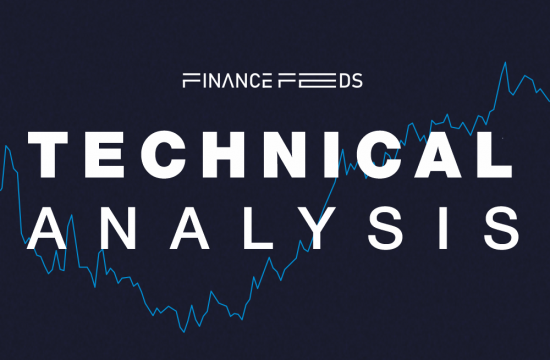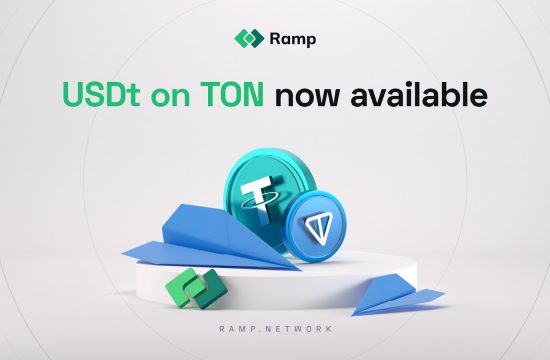Bcause LLC, creator of the world’s first full-stack cryptocurrency ecosystem, will have its market operating on Nasdaq’s matching engine, clearing and market surveillance technology via the Nasdaq Financial Framework platform, according to a press release.
The new Bcause spot cryptocurrency market is set to go live in H1 219 as it awaits a license from the U.S. Commodity Futures Trading Commission to become a designated contract market (DCM) and to establish a derivatives clearing organization (DCO).
In February 2018, Bcause launched its digital mining facility. Once derivatives trading and clearing go live, Bcause will be the only venue to serve as a one-stop shop for all parts of the digital currency value chain: from crypto mining to spot trading for digital assets, to a futures market and derivatives clearinghouse which are pending regulatory approval.
Nasdaq will empower Bcause with a surveillance technology designed to ensure that surveillance protocols fit the needs of a crypto marketplace, including the monitoring of manipulative activities, among other misconduct, thereby creating a safer spot and derivatives market for all participants.

Fred Grede, Chief Executive Officer at Bcause, commented: “We have tremendous respect for the Nasdaq brand and are honored that we can deploy these robust, tried-and-tested platforms – customized to our unique markets – as the foundation of our technology. I fully expect that our markets will attract a broad range of users, from those who are already quite active in the financial markets and familiar with Nasdaq technology, to a new breed of investors wanting to participate in the growing cryptocurrency marketplace.”
Paul McKeown, SVP and Head of Marketplace Operators and New Markets, Market Technology, at Nasdaq, said: “Bcause has methodically built a unique ecosystem that gives investors, partners and market players a holistic experience in tapping the cryptocurrency market and value chain. By leveraging the Nasdaq Financial Framework, Bcause will have the scalability and modular functionality to introduce new micro-services and expand its business offerings to meet industry demands and the evolution of the digital assets economy.”











